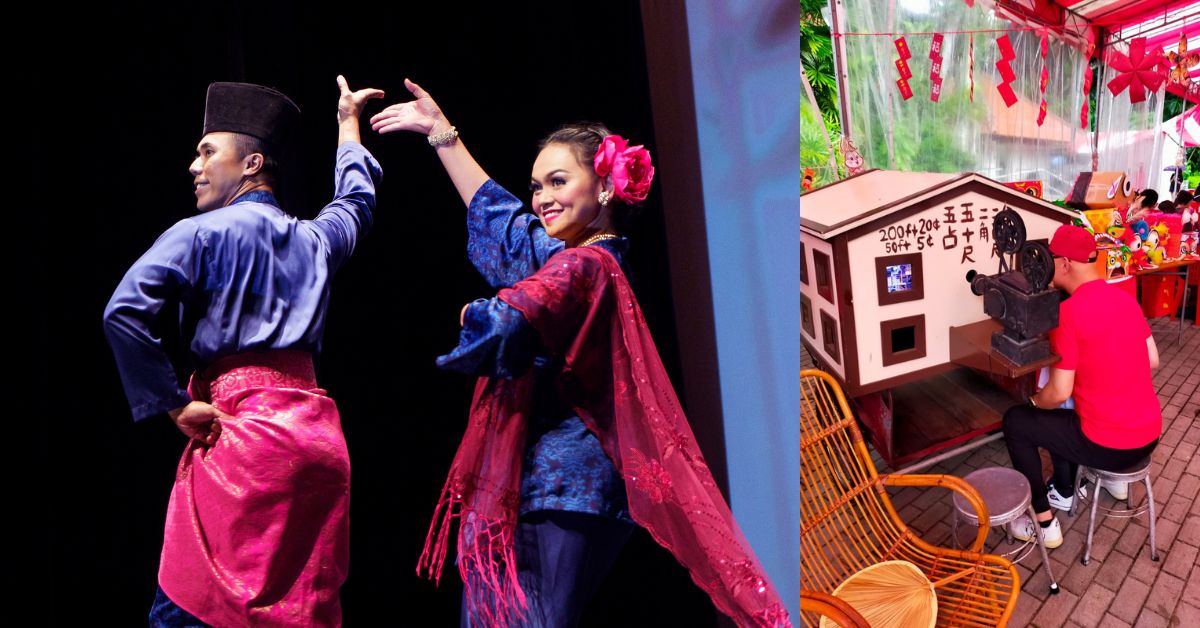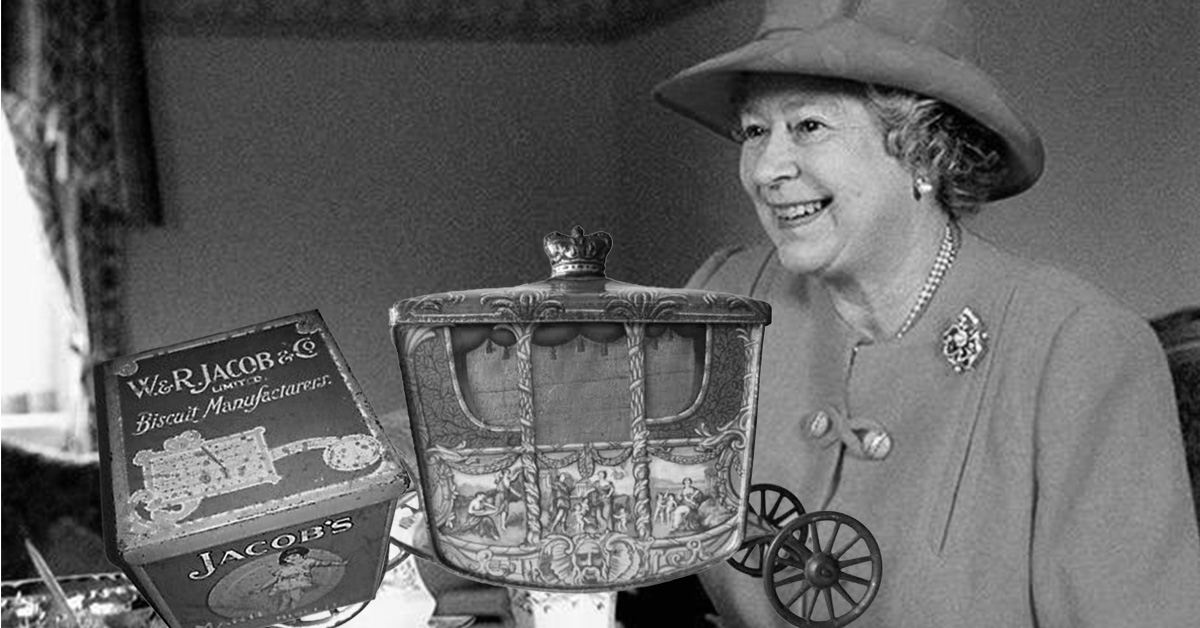
Credit: Bahnfrend. This image has been modified and is licensed under the Creative Commons Attribution-Share Alike 4.0 International license
I was once almost arrested outside the Lee family home.
Ok, that’s a bit of a stretch, but I was reprimanded by the officer standing guard outside the compound, for the apparent crime of walking down the street.
This was back in early 2015, when I was researching a book that’d go on to champion the preservation of 38 Oxley Road. But the officer had no idea of my honourable intentions. He just saw the “threat” of a gangly ang moh, lolloping down the road like a wilting praying mantis.
“Cannot walk this side,” he said, as I ambled towards his guard post. “Must cross,” he insisted.
He pointed towards the other side of the road, a much safer distance from the Lee abode, being at least, erm, three or four metres away.
“I have to cross over?” I asked.
The officer nodded.
“I cannot walk on the house side of the road?”
The officer shook his head.
Advertisement
I wanted to make all the obvious “my grandfather road” jokes, but in this unique case, I wasn’t sure if the old gag actually applied to Oxley Road.
After all, in a political sense, Lee Kuan Yew had indirectly built the infrastructure around the road. Was there an agreement in place with the Singapore Land Authority and the Lee family with regards to the jurisdiction of the areas surrounding the house?
I considered a pithy comeback. My anarchic streak wondered what the circumstances would be if I continued to stroll along what was, in fact, a public street. I thought a dramatic arrest might make a suitably wayang end to my book.
Of course, I did as I was told because a) I’m a coward and b) the officer had a gun. Maybe he thought I was a foreign spy, hoping to gather priceless intel, like how often the helper washed the sheets.
The significance of 38 Oxley Road
In a sense, I was working on behalf of a government. The Singapore government. I really was researching a chapter in my book – Saving A Sexier Island – where I advocated for the site’s preservation. My view has not changed. If anything, it’s been fortified. And if you can hold off on the eye-rolling, just picture the following scene.
It’s late March 2015 and Lee Kuan Yew has just died. Millions of Singaporeans are united in their grief. Thousands queue, day and night, to pay their respects. At the height of such pro-LKY sentiments, the government announces that 38 Oxley Road will be preserved in the national interest, but the immediate wishes of the family will be honoured. Lee Wei Ling is allowed to live her remaining years in peace, and after that – and only after that – the site would be gazetted.
Had that decision been finalised in late March 2015, how much dissent would there have realistically been? It’s a hypothetical question, obviously, but the collective mood and Singapore’s ruthless pragmatism certainly hint at the answer. It would’ve been the right thing to do. It still is.
In the United States, the John Adams homestead is a comparison worth making. A family home that produced and raised two presidents – John Adams and John Quincy Adams. The Peacefield estate is a site of extraordinary historical significance and worthy of preservation. It’s not a shrine to an individual, something that Lee Kuan Yew didn’t want 38 Oxley Road to become, but a place that directly contributed to the rise of a new nation.
John Adams and Lee Kwan Yew were both lawyers. They prepared and wrote legal papers in their homes, papers that would go on to influence their respective constitutions. In the basement dining room of 38 Oxley Road, Dr Goh Keng Swee, Dr Toh Chin Chye, S. Rajaratnam, and K.M. Byrne met to discuss forming a political party to contest the 1955 Legislative Assembly general election. So this is not about the cult of an individual, but a historical site that shaped a fledgling nation.
Also read:
A Silver’s Reflection On Singapore: From The Early Days To SG60
Before celebrating SG60, writer Josephine Chia urges one and all to appreciate the uphill journey the Pioneer and Merdeka generations had to go through to get us to where we are today.
Uplifting Walk Through History And Architecture In Balestier Plain
Balestier Plain’s charm lies in the mix of architectural styles that present a sense of Singapore’s history, heritage and character.
Consider the national interest
Ah, but what about the private wishes of the Lee family? Well, picture another scene.
It’s now 2035 and the Lee home has been demolished. A glassy condo now occupies the site. Meanwhile, a government official turns up at Auntie Chen’s landed property in Upper Thomson with a land acquisition order. Upper Thomson Road needs to be widened, in the national interest. Auntie Chen’s beloved garden has got to go.
“Sorry ah, cannot,” she says. “Why ah? Er, my late father. He loved feeding the otters. And so we always top up the koi pond. It costs us $10,000 in koi carp every month. But that was my father’s final wish. We must keep the garden. Remember what you did with the Lee house? Yeah, it’s the same. Never mind the nation, my father’s wishes come first. And the otters.”
Whether it’s a compulsory acquisition order or the preservation of a building of historic significance, it’s either in the national interest or it isn’t. If the Lee family is granted a special dispensation because of who they are, then the decision goes against the political ideals of the man who formulated the policies in the first place. Such hypocrisy may invite public rebellion. If the Lees can overturn a decision taken in the national interest, why can’t Auntie Chen and her otters?
(Auntie Chen isn’t real by the way. She’s a literary device, not a danger to the public.)
Acting Minister for Culture, Community and Youth David Neo was right to point out that Singapore has few sites that combine such monumental “people, place, and events” quite like 38 Oxley Road, though the suggestion that the location might have a greater sense of authenticity than the Founders’ Memorial, because the latter is being built on reclaimed land, was unfortunate.
Apparently, there are now Marine Parade residents wandering around in a daze and saying, “we were raised on reclaimed land. Are we still authentic? Must change passport?”
Of course not. They are authentic Singaporeans, thanks to the work of many great men and women who gathered at 38 Oxley Road to plot the beginnings of a fragile nation. It’s a site to be preserved and cherished. It’s a site to be proud of.
And whatever 38 Oxley Road becomes, I’ll be one of the first visitors, rebelliously walking on both sides of the road.






